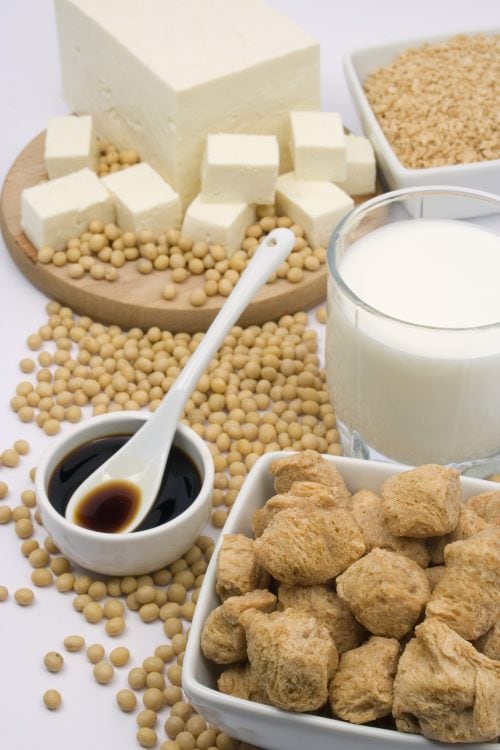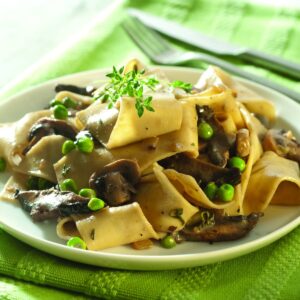
What are they and how do you get enough calcium in your diet if you have one?
Lactose intolerance
Lactose intolerance is the inability to digest lactose, a naturally occurring sugar in milk. This can be a permanent intolerance, which is caused by the genetic inability to produce the lactase enzyme which breaks down the lactose. It could also be a temporary intolerance, which can be caused by an infection damaging the lining of the intestine where the lactase is produced. If the lactose is not broken down it accumulates in the intestine, taking water from the surrounding tissues, which can lead to the uncomfortable symptoms of bloating, cramping and diarrhoea.
For people with lactose intolerance there are a number of options: Liddells lactose-free UHT milk contains full cream cows’ milk and the enzyme lactase; or for a fresh milk, Sun Latte is also well-tolerated as this ultra-filtered milk is very low-lactose, and Anchor have recently brought out a completely lactose-free fresh milk, Zero Lacto.
Milk allergy
Cows’ milk allergy is a hypersensitivity to cows’ milk protein, which involves the body’s immune system. Milk is one of the most common food allergens for children, although most children will grow out of it by 3 years of age. People allergic to cows’ milk are often allergic to goats’ milk as well; it depends on which protein component has caused the allergy. Some components are the same in both milks.
Milk alternatives
To make soy or rice milk the soy beans, or rice, are soaked so they become swollen, then they’re ground with more water. The mixture is brought to the boil and then filtered. Like cows’ milk, these milks may be fortified with vitamins and minerals.
Soy milk
Most, but not all, are fortified with calcium, making them a suitable alternative for people with lactose intolerance or cows’ milk allergy; anyone who wants to include more soy in their diet; or anyone who just likes them. Soy milks are naturally very low in saturated fat and contain no lactose. Not made from animal products, they are also suitable for vegetarians.
One to two serves of soy each day can provide health benefits for all of us, so soy milk may be an easy way to achieve that.
Rice milk
For people with coeliac disease, rice milk may be a good alternative; most are gluten-free, but always check the labelling first. It’s also suitable for anyone with cows’ milk allergy or lactose intolerance, for vegetarians, or anyone who just likes the taste for a change.
Rice milk is naturally very low in protein, although the Vitasoy protein-enriched rice milk has nearly 4g protein in a 250ml glass.
See some of our other milk and milk alternative articles:
FODMAP content of milk and milk alternatives
How to choose milk alternatives
Lactose intolerance and milk allergy
www.healthyfood.com










